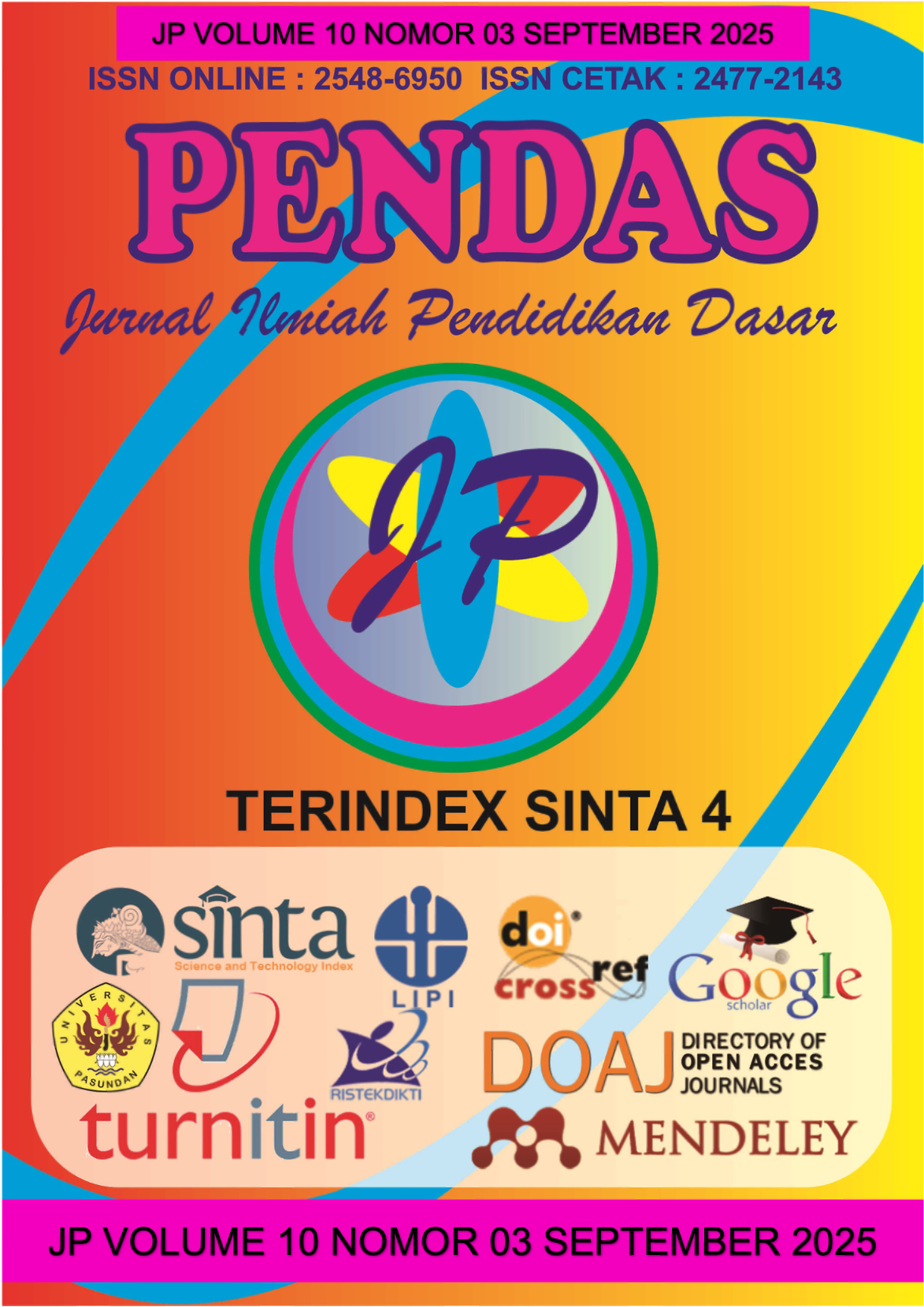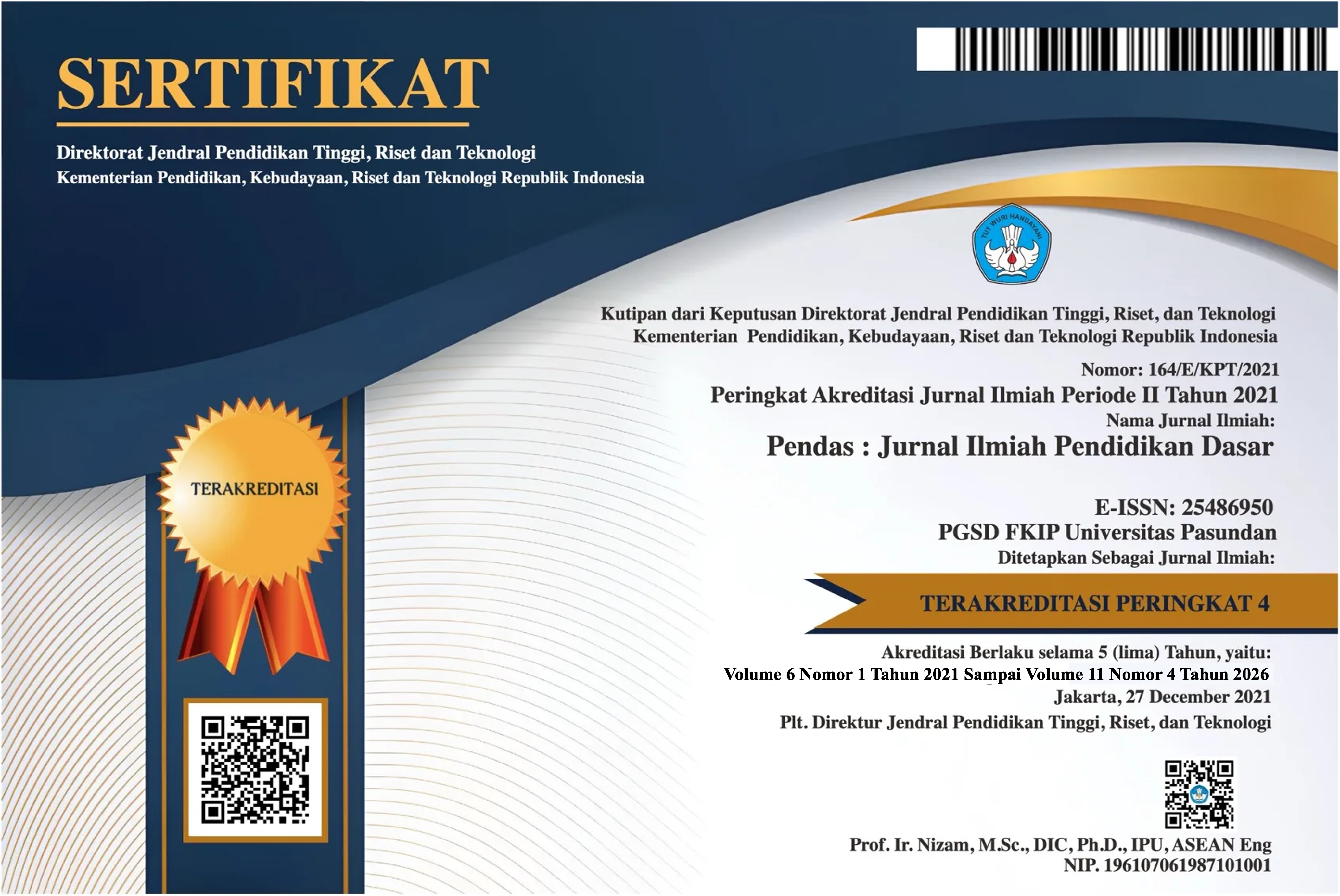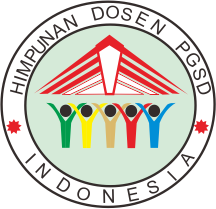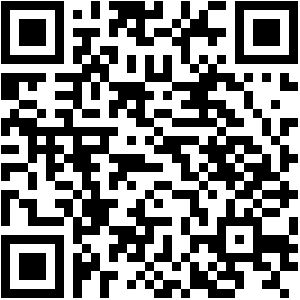PENGARUH MODEL PROBLEM BASED LEARNING BERBASIS DIFERENSIASI TERHADAP KEMAMPUAN BERPIKIR KREATIF PESERTA DIDIK PADA PEMBELAJARAN IPAS MATERI MAGNET, SEBUAH BENDA YANG AJAIB KELAS IV A UPTD SD NEGERI NAIKOTEN 2
DOI:
https://doi.org/10.23969/jp.v10i03.31683Keywords:
Problem Based Learning, Differentiation, Creative ThinkingAbstract
The study aims to investigate the influence of the differentiation-based Problem
Based Learning (PBL) model on students' creative thinking skills in learning Natural
and Social Sciences (IPAS) material "Magnet, A Magical Object" in grade IV A
UPTD SD Negeri Naikoten 2. This study uses a Quasi Experiment Design Pretest-
Posttest type of Nonequivalent Control Group. Data were collected through teacher
and student observations, learning style questionnaires, and written tests. The
research subjects consisted of 22 students in class IVA as an experimental class
and 20 students in class IVB as a control class, using total sampling. The
experimental class uses a differentiation-based Problem Based Learning Model
and the control class uses a conventional Problem Based Learning Model. The
results of the pretest showed an average score of 49.64 for the experimental class
and 51.85 for the control class. After being given treatment, the average posttest
score of the experimental class was 85.68 and the control class was 74.30. The
normality, homogeneity and linearity test shows normal, homogeneous and linear
distributed data. The T test performed showed a significance of 0.00 a value smaller
than 0.05. Therefore, it was concluded that there was a significant influence of the
differentiation-based Problem Based Learning model on the creative thinking ability
of students in learning science magnet material in the IVA UPTD class of SD Negeri
Naikoten 2.
Downloads
References
Experiment: Journal of Science
Education, 4(1), 24–34.
https://doi.org/10.18860/EXPERIM
ENT.V4I1.28966
Fauzia, R., & Hadikusuma Ramadan, Z.
(2023). Implementasi Pembelajaran
Berdiferensiasi Dalam Kurikulum
Merdeka. Jurnal Educatio FKIP
UNMA, 9(3), 1608–1617.
https://doi.org/10.31949/educatio.v9
i3.5323
Fitriyah, C. Z., & Wardani, R. P. (2022).
Paradigm of Independent Curriculum
for Elementary Teacher School.
Scholaria: Jurnal Pendidikan Dan
Kebudayaan, 12, 236–243.
Magdalena, I., Nur, A., Universitas, A., &
Tangerang, M. (2020). Identifikasi
Gaya Belajar Siswa (Visual,
Auditorial, Kinestetik). PENSA :
Jurnal Pendidikan Dan Ilmu Sosial,
2(1), 1–8.
https://ejournal.stitpn.ac.id/index.ph
p/pensa
Siregar, R. N., Mujib, A., Siregar, H., &
Karnasih, I. (2020). Peningkatan
Kemampuan Berpikir Kreatif Siswa
Melalui Pendekatan Matematika
Realistik. Edumaspul: Jurnal
Pendidikan, 4(1), 56–62.
https://doi.org/10.33487/edumaspul.
v4i1.338
Sugianto, A. (2021, May 1). Kuesioner
Gaya Belajar Siswa. https://repo-
dosen.ulm.ac.id//handle/123456789/
26041
Sugiyono. (2021). Metode penelitian
kuantitatif kualitatif dan R&D. PT.
Alfabeta.
Suhelayanti, Z, S., & Rahmawati, I.
(2023). Pembelajaran Ilmu
Pengetahuan Alam Sosial (IPAS). In
Penerbit Yayasan Kita Menulis.
Vistara, M. F., Asikin, M., Ardiansyah, A.
S., & Pudjiastut, E. (2022). Problem
Based Learning Berorientasi
STEAM Context terhadap
Kemampuan Berpikir Kreatif
Matematika Siswa. Prosiding
Seminar Nasional Matematika
(PRISMA), 5, 451–460.
https://journal.unnes.ac.id/sju/index.
php/prisma/article/view/54564
Downloads
Published
Issue
Section
License
Copyright (c) 2025 Pendas : Jurnal Ilmiah Pendidikan Dasar

This work is licensed under a Creative Commons Attribution 4.0 International License.



















